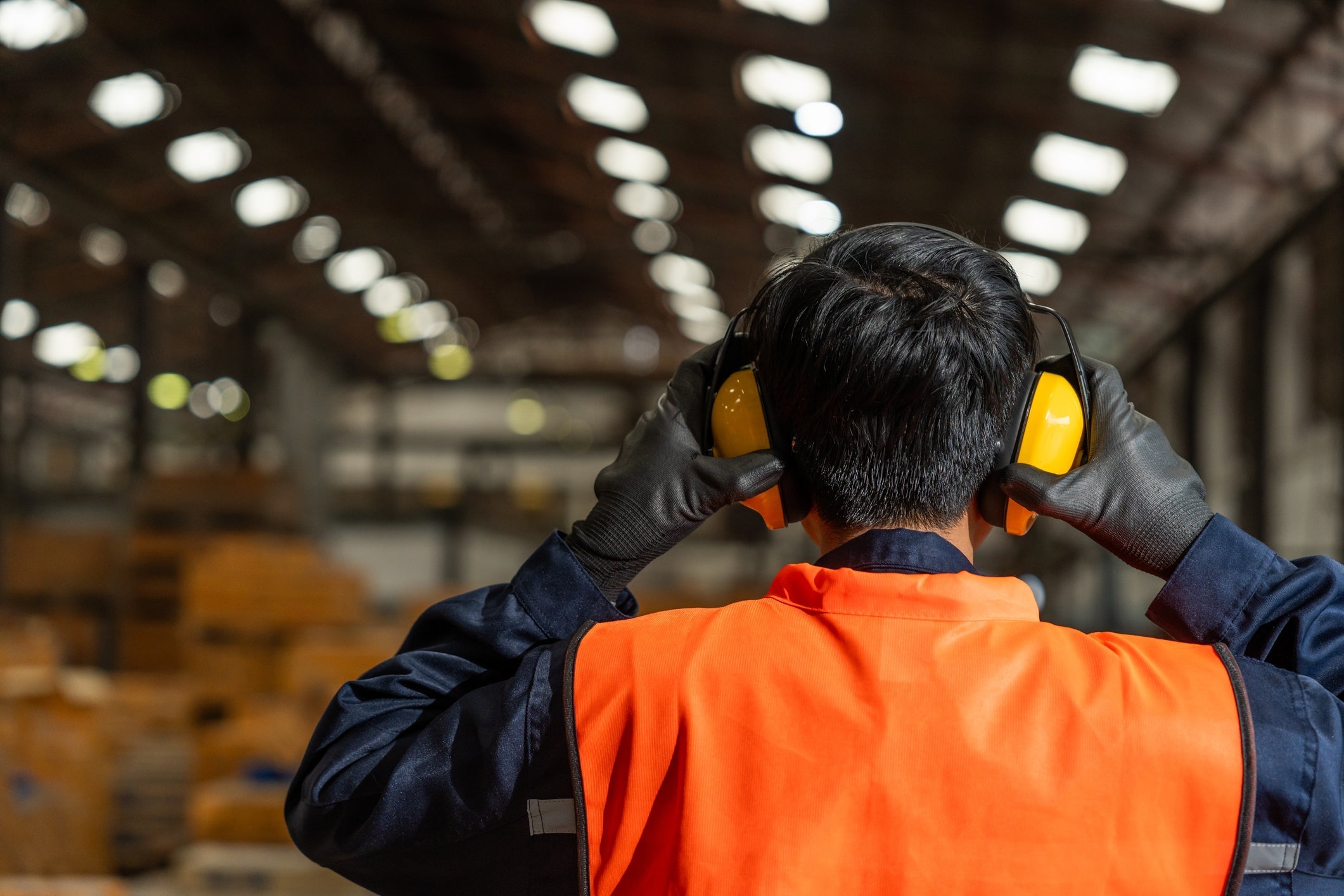Quick Summary: OSHA Requirements for Hearing Protection
To comply with OSHA in 2025, employers must:
- Provide hearing protection if workers are exposed to noise ≥ 85 dBA (8-hour TWA)
- Ensure exposure is reduced below 90 dBA TWA through controls or PPE
- Implement a hearing conservation program including monitoring, audiograms, and training
- Provide free HPDs with at least NRR 25–33 dB
- Incorporate NIOSH-endorsed quantitative fit-testing as best practice
1. Know the Exposure Limits
OSHA sets an Action Level at 85 dBA (TWA). If employee exposure meets or exceeds this, a hearing conservation program is required under 29 CFR 1910.95.
2. Use Engineering & Administrative Controls First
Before relying on PPE, OSHA requires employers to reduce noise through quieter machines, acoustic shielding, or rotating shifts.
3. Provide Free Hearing Protection Devices (HPDs)
Earplugs, earmuffs, or both (dual protection) must be available at no cost to all exposed workers.
4. Conduct Fit-Testing to Verify Protection
Starting January 2025, NIOSH recommends fit-testing to determine Personal Attenuation Rating (PAR). OSHA doesn’t mandate it yet, but it is considered best practice for safety and compliance.
5. Audiometric Testing & Standard Threshold Shift (STS)
Employers must:
- Perform a baseline audiogram within 6 months of first exposure
- Repeat annually
- Notify employees within 21 days if a Standard Threshold Shift (STS) is detected
- Refit, retrain, or evaluate HPDs if STS occurs
6. Recordkeeping & Annual Training
All exposure records must be kept for 2 years. Audiometric test results must be retained for the duration of employment. Employees must be trained yearly on:
- Effects of noise
- Proper HPD use and care
- Program purpose
7. Compliance Checklist
| Step | Requirement |
|---|---|
| 1 | Measure noise exposure (≥ 85 dBA TWA) |
| 2 | Implement engineering/admin controls |
| 3 | Provide free HPDs (NRR 25+) |
| 4 | Conduct fit-testing (NIOSH recommended) |
| 5 | Offer audiometric testing (baseline + annual) |
| 6 | Train workers annually |
| 7 | Maintain records (exposure and hearing tests) |
Conclusion
Meeting OSHA hearing protection standards in 2025 goes beyond providing earplugs. Employers must monitor, test, train, and document all efforts—while incorporating best practices like NIOSH fit-testing. Protecting your workers' hearing isn’t just compliance—it’s care.
Shop OSHA-Compliant PPE: Hearing Protection Equipment
About the Author: Mick Chan
Mick Chan has worked in the Safety Supplies industry for over 15 years. A graduate of Cal State LA with a degree in Business Administration, he helps companies meet OSHA compliance standards with practical, field-tested solutions.

